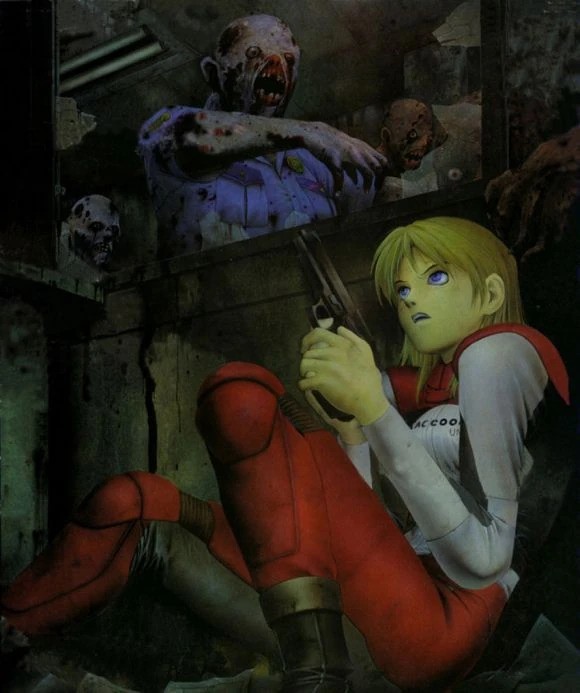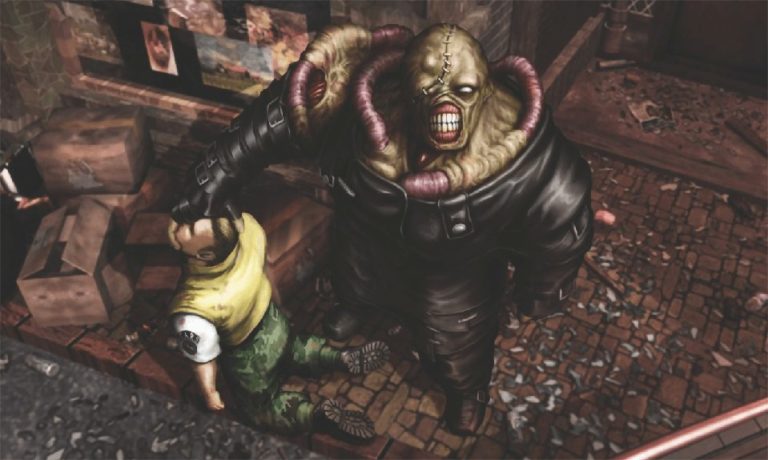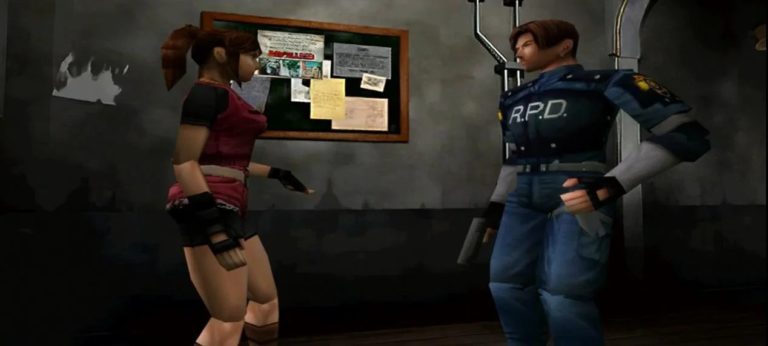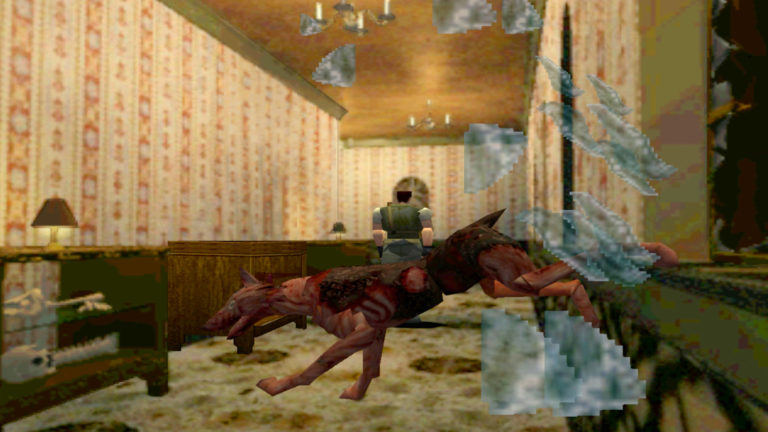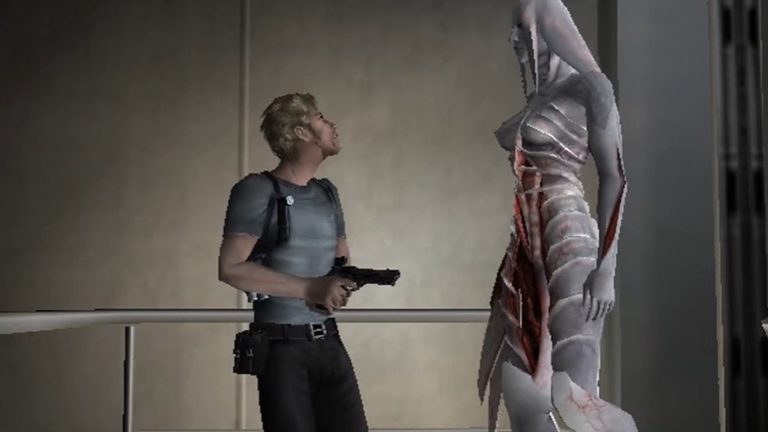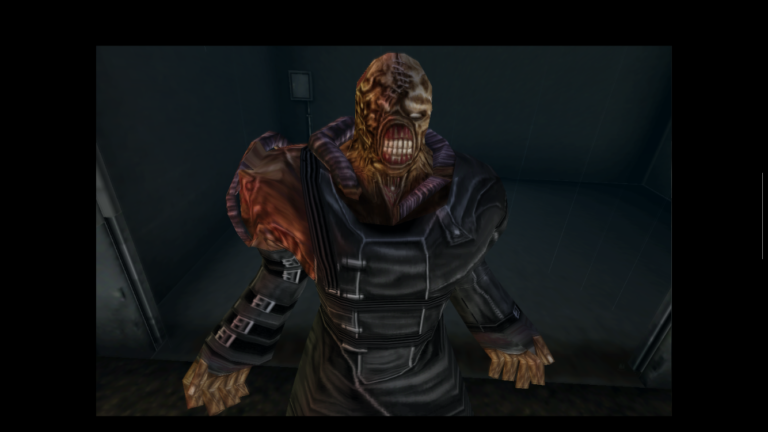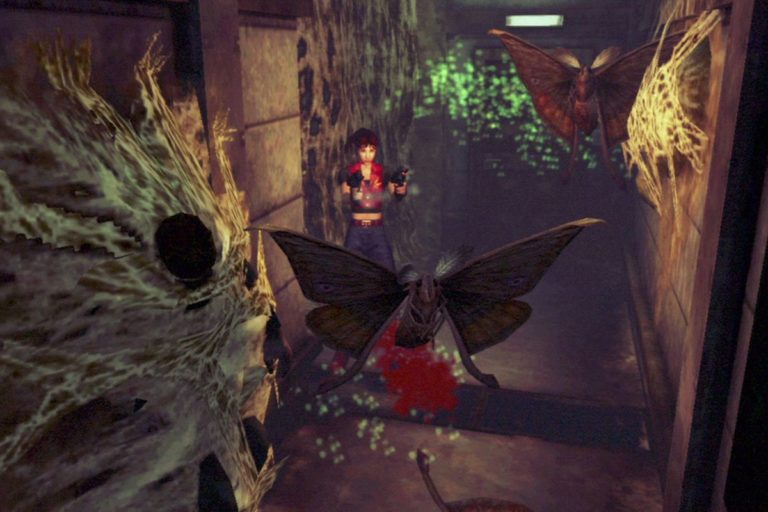Welcome back to a very special bonus entry in the Resident Evil love/hate series! In this entry...
Month: May 2024
Welcome back to the Resident Evil love/hate series! In this entry we’ll be going over the original...
Welcome back to the Resident Evil love/hate series! In this entry we’ll be going over the original...
Welcome back to the Resident Evil love/hate series! Now that we’ve been through all the main entries...
Welcome back to the Resident Evil love/hate series! In this entry we’ll be going over the third,...
Welcome back to the Resident Evil love/hate series! In this entry we’ll be going over one of...
Welcome back to the Resident Evil love/hate series! It has been quite a while since the last...
